In a world where speed is everything, blockchain networks are racing to achieve the fastest transactions per second (TPS).
From powering instant payments to enabling seamless NFT trading, high TPS is the backbone of modern blockchain applications.
But which blockchains are leading the pack, and why does TPS matter?
In this blog, we’ll explore the top 10 fastest blockchain networks, compare their TPS, and uncover the secrets behind their speed. Let’s dive in!
What is TPS (Transactions Per Second)?
Transactions Per Second (TPS) is like the speedometer of a blockchain—it measures how many transactions the network can handle in one second. The higher the TPS, the faster and more scalable the blockchain.
For example:
- A blockchain with 10 TPS can process 10 transactions per second.
- A blockchain with 65,000 TPS (like Solana) can handle 65,000 transactions in the same time.
Also, read – Best p2p Crypto Exchange In USA For Beginners- 2025
Why Does TPS Matter?
TPS is a critical metric for blockchain performance. Here’s why:
Faster TPS = Lower Latency: Ideal for instant payment systems.
High Throughput: Supports large-scale applications like gaming and DeFi.
Reduced Congestion: Prevents transaction bottlenecks during peak times.
Scalability: Essential for blockchain mass adoption.
Factors Influencing Blockchain Transaction Speed
Several factors determine how fast a blockchain can process transactions:
Consensus Mechanism:
- Proof of Work (PoW): Energy-intensive and slower (e.g., Bitcoin).
- Proof of Stake (PoS): Faster and more efficient (e.g., Ethereum 2.0).
- Delegated Proof of Stake (DPoS): High speed with fewer validators (e.g., EOS).
- Proof of History (PoH): Optimized for extremely fast transactions (e.g., Solana).
Network Congestion:
- Heavy traffic can slow down blockchains (e.g., Ethereum during NFT drops).
Block Size and Block Time:
- Larger blocks store more transactions.
- Shorter block times mean faster validation.
Node Distribution:
- Centralized blockchains are faster but less secure.
- Decentralized blockchains are slower but more secure.
Why Are Fast Blockchain Transactions Important?
Fast blockchain networks are revolutionizing industries that require real-time processing. Here’s where high TPS shines:
Instant Payments: Enables near-instant cross-border transactions.
Gaming and NFTs: Powers seamless in-game purchases and NFT transfers.
Decentralized Finance (DeFi): Facilitates quick trade settlements.
Supply Chain Management: Tracks products in real-time.
Healthcare: Enables secure, fast data exchange.
Top 10 Fastest Blockchain Transactions Per Second
1. HeLa

| TPS | Features |
|---|---|
| 150,000+ | – Modular architecture for flexibility and scalability. – Stablecoin-driven transaction fee system. – Ideal for cross-border payments and high-volume trading. |
2. Solana

| TPS | Features |
|---|---|
| 65,000+ | – Proof of History (PoH) for rapid transaction processing. – Low fees and strong developer support. – Perfect for DeFi, NFTs, and decentralized apps. |
3. Sui

| TPS | Features |
|---|---|
| 850+ | – Directed Acyclic Graph (DAG) for parallel transaction processing. – Low-latency design for gaming and DeFi. – Optimized for high-frequency trading. |
4. TON (The Open Network)

| TPS | Features |
|---|---|
| 100,000+ | – Horizontal sharding for independent transaction processing. – Deep integration with Telegram. – Ideal for Web3 and global payments. |
5. Binance Smart Chain (BSC)

| TPS | Features |
|---|---|
| 380 | – Delegated Proof of Stake (DPoS) for quick consensus. – Low fees and Binance ecosystem integration. – Popular for DeFi and DApps. |
6. Polygon

| TPS | Features |
|---|---|
| 190 | – Layer 2 scaling for Ethereum compatibility. – Proof of Stake (PoS) for efficient transactions. – Ideal for NFTs and cross-chain interoperability. |
7. Tron

| TPS | Features |
|---|---|
| 160 | – Delegated Proof of Stake (DPoS) for fast consensus. – Low fees and high throughput. – Great for content platforms and social media. |
8. Near Protocol

| TPS | Features |
|---|---|
| 120 | – Sharded Proof of Stake for scalability. – Developer-friendly tools and low fees. – Suitable for DApps and enterprise solutions. |
9. Avalanche

| TPS | Features |
|---|---|
| 4,500 | – Avalanche Consensus for quick finality. – Modular subnet structure for customization. – Ideal for DeFi and enterprise applications. |
10. Elrond

| TPS | Features |
|---|---|
| 15,000 | – Secure Proof of Stake (SPoS) with adaptive sharding. – Eco-friendly and low transaction fees. – Perfect for high-frequency trading and smart contracts. |
This format provides a clear and concise breakdown of each blockchain’s TPS and key features, making it easy for readers to compare them. Let me know if you’d like further adjustments!
Blockchain Scalability Solutions for Faster TPS
To boost TPS, blockchains use innovative scalability solutions:
Layer 1 Solutions
- Ethereum 2.0: Uses sharding to process transactions faster.
- Solana: Achieves high TPS using Proof of History.
Layer 2 Solutions
- Polygon and Arbitrum: Reduce congestion on Ethereum.
Sharding
- Divides the network into smaller chains for parallel processing.
Conclusion
The race for faster blockchain transactions is heating up, with networks like HeLa leading the pack at an astonishing 150,000+ TPS, followed by Solana’s 65,000+ TPS and TON’s 100,000+ TPS.
These high-speed blockchains are revolutionizing industries like DeFi, gaming, and cross-border payments, offering unparalleled scalability and efficiency.
From HeLa’s modular architecture to Solana’s Proof of History and TON’s horizontal sharding, each blockchain brings unique innovations to the table.
Whether you’re building a high-frequency trading platform, launching an NFT marketplace, or developing a decentralized social media app, there’s a blockchain tailored to your needs.
As blockchain technology continues to evolve, speed, scalability, and security will remain critical factors for mass adoption.
By leveraging the strengths of these top-performing networks, developers and businesses can unlock new possibilities and drive the next wave of blockchain innovation.
- Combines multiple transactions into one for efficiency.
FAQs on Blockchain Speed
1. How is blockchain transaction speed measured?
A: By TPS, the number of confirmed transactions per second.
2. Which industries benefit from fast blockchains?
A: Finance, gaming, supply chain, and healthcare.
3. Can blockchain networks increase their TPS?
A: Yes, using Layer 2 solutions, sharding, and improved consensus algorithms.
4. Are faster blockchains less secure?
A: Not necessarily. Modern blockchains balance speed and security.
6. Why does Ethereum have lower TPS compared to Solana?
A: Ethereum prioritizes decentralization and security, while Solana sacrifices some decentralization for speed.
7. Is TPS the only factor to consider when choosing a blockchain?
A: No, factors like fees, security, and developer ecosystem are equally important.

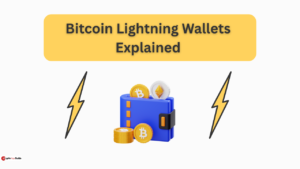

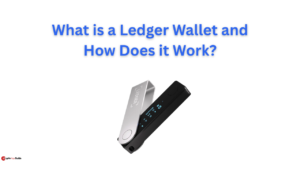






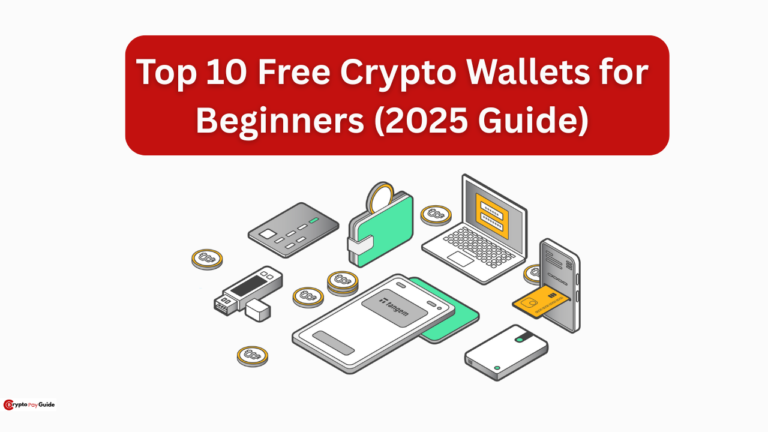
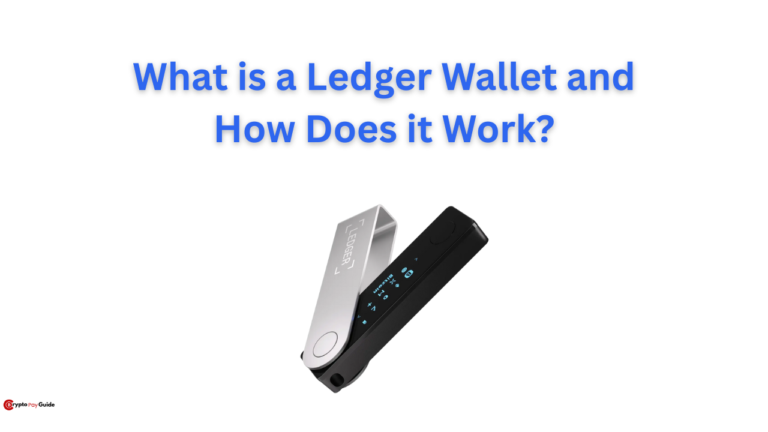

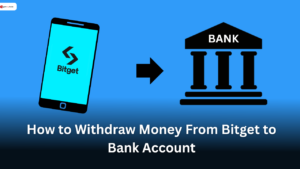

One thought on “Top 10 Fastest Blockchain Transactions Per Second”